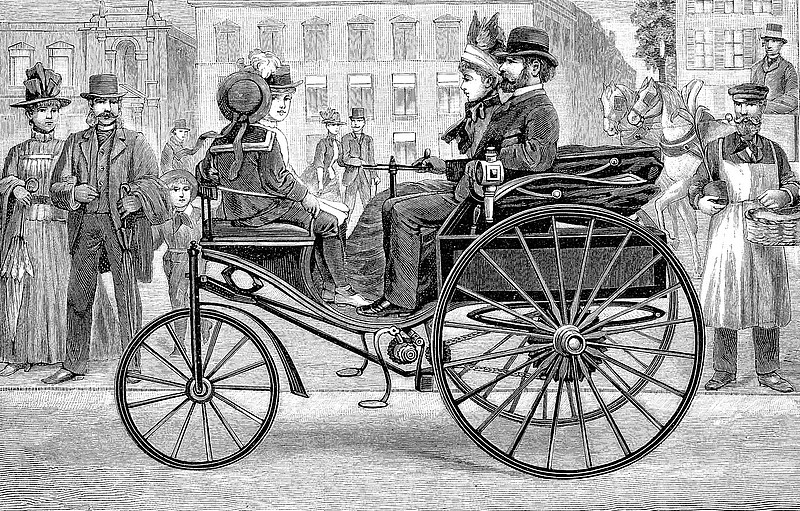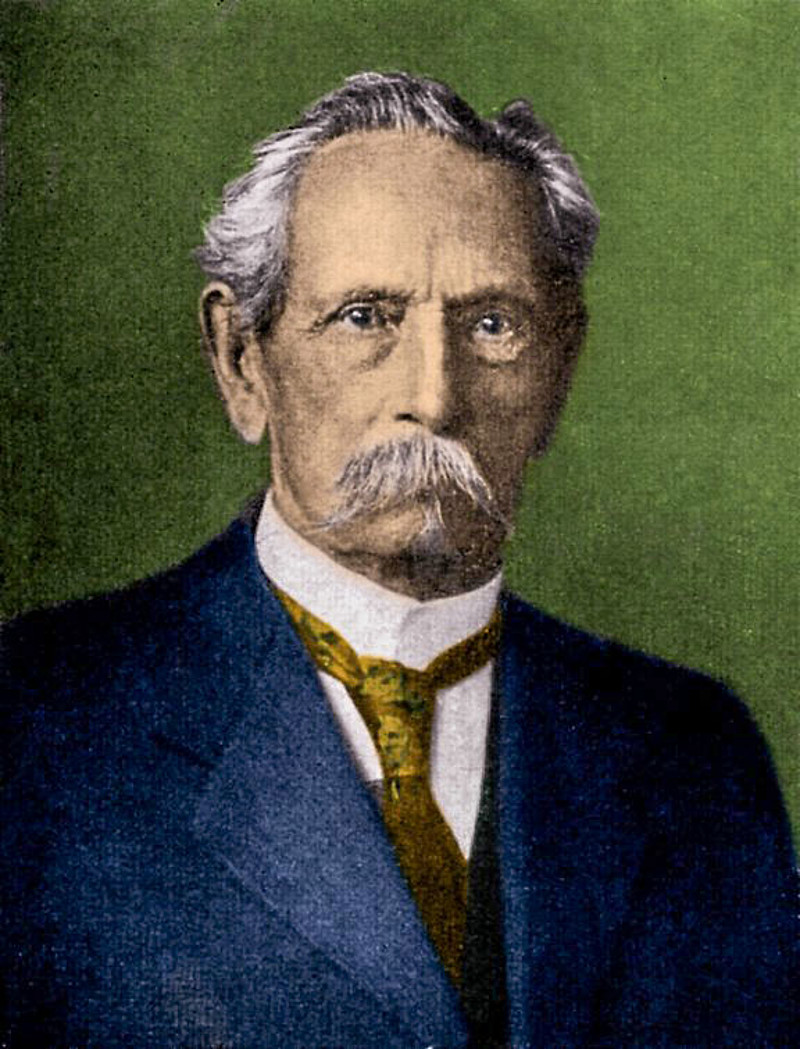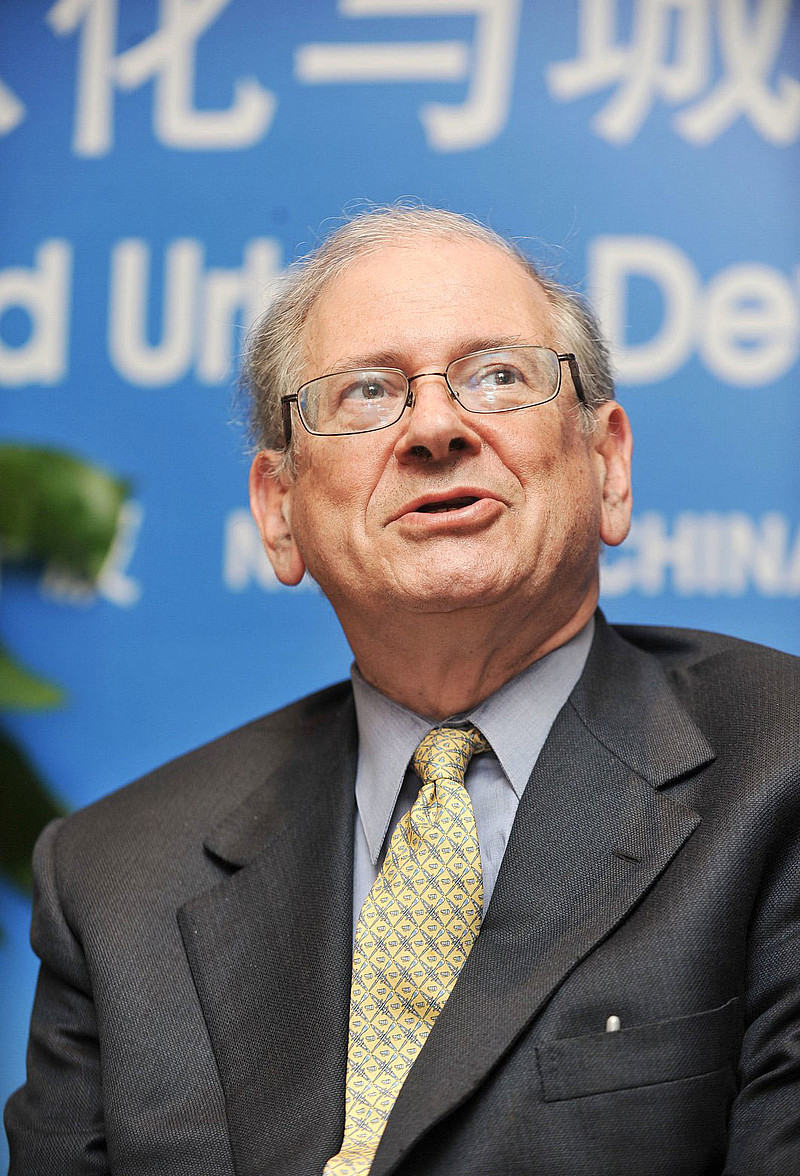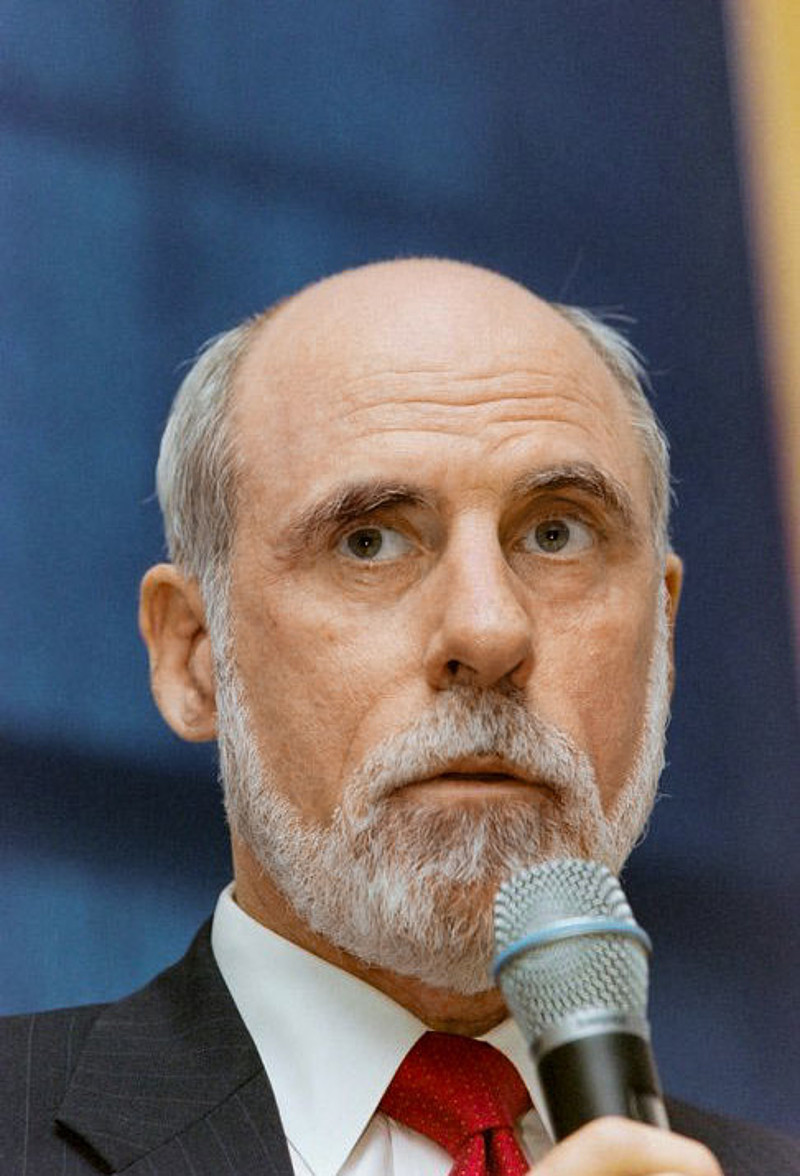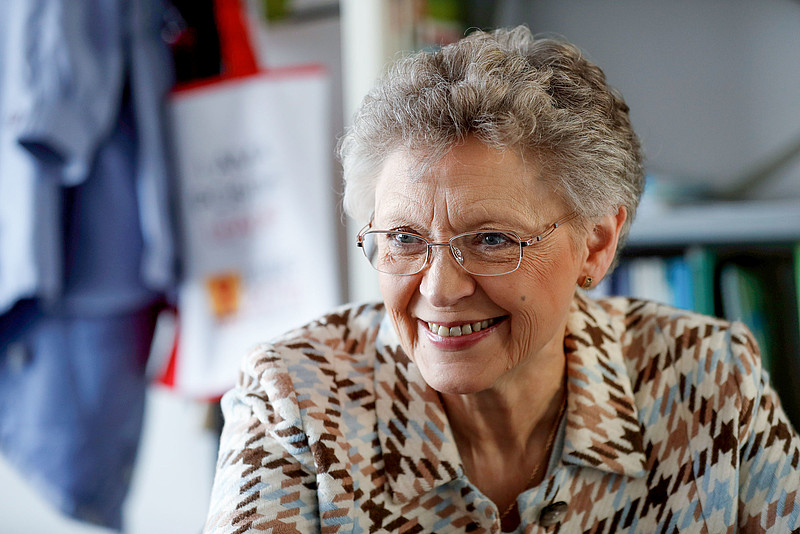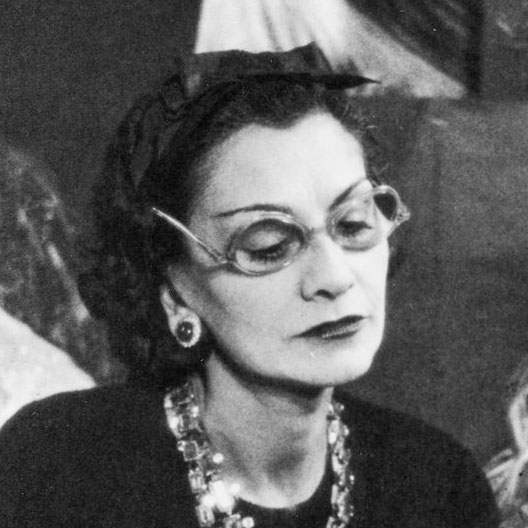SCIENCE & TECHNOLOGY Again and again, visionaries have inspired pioneering breakthroughs in science and technology. With their inspiration, these fields have increasingly shifted their activities from the real world to address virtual realms and microscopic scales.
CARL BENZ
Three wheels that
unlocked a new world
While many contemporaries scoffed at Benz’ 1885 invention of the “Motorwagen Nummer 1” (“Patent Motor Car Number One”) as a “horseless carriage,” his three-wheeled vehicle with its four-stroke engine soon proved to be a milestone in the history of technology––the first functioning automobile.
When Carl Benz’ “Motorwagen” was first taken to the streets in the German city of Mannheim, it had to jostle for position with a variety of steam-powered vehicles. Benz was heaped with scorn and derision for his work, typically dubbed “ridiculous,” “nonsense,” and “superfluous humbug”––and the vehicle was admittedly rather unusual in appearance, given that most of it was constructed from bicycle parts. But Benz, a mechanical engineering graduate, was undeterred and filed for a patent on his invention in 1886. This patent document is classified as a UNESCO World Heritage Document as an icon of our automobile society. The patent itself heralded a so far unknown experience of mobility for the human race. Benz achieved a breakthrough at the end of the 1880s when the European high society embraced his new vehicle, and by 1900 his factory was already the biggest automobile manufacturer in the world. Rivals included Gottlieb Daimler, who was notching up sales of his first Mercedes vehicle around the same time. Although Benz withdrew from an active role as early as 1903, he retains the status of successful automotive pioneer. Only one thing was denied him: the first cross-country drive in his legendary “Motorwagen.” This honor went to his wife Bertha, who secretly drove 70 kilometers to Pforzheim and back in a Model 3 Motorwagen.
EMMANUELLE CHARPENTIER
The “scissors” that
revolutionized
biotechnology
Emmanuelle Charpentier’s Nobel Prize-worthy discovery could change many lives. In 2011 the French biotechnologist published the first fundamental principles of Crispr/Cas9, her groundbreaking gene-editing technology.
Crispr/Cas9, a type of molecular scissor technology can be used to cut and edit genetic material and reinsert it into a living organism. One could almost say this technology enables humanity to create the world of tomorrow. The simple idea on which it is based involves taking a physical defense mechanism that attacks viruses with bacteria and using it as an all-purpose genome editing tool. Animals and plants can be designed in this way––and humans with AIDS, cancer, or hereditary genetic disorders can be healed. Within months of their release, Charpentier’s findings changed the way laboratories worked. The method is already the most widely used genetic editing tool in the world.
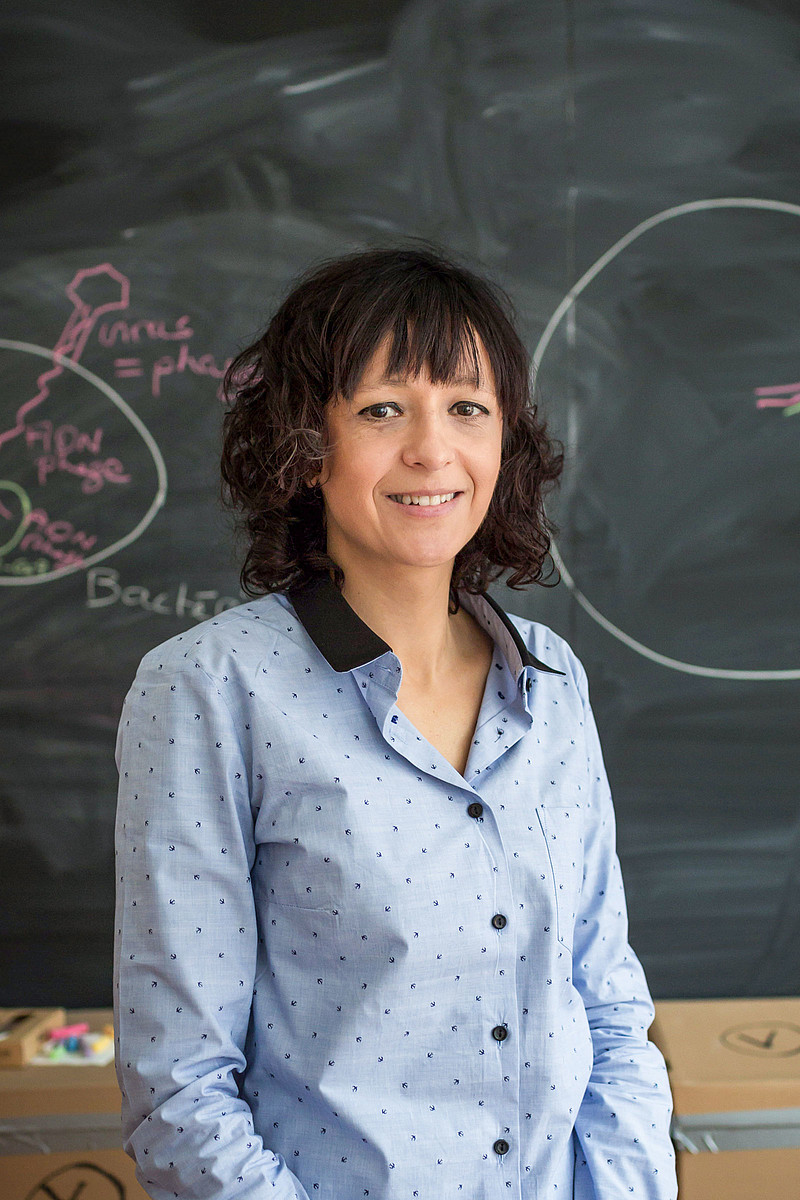
Changing lives with a genetic engineering tool
VINTON G. CERF & ROBERT E. KAHN
Opening up
new worlds of
communication
The partnership of a doctor of mathematics and a doctor of electrical engineering laid the foundations for the most incredible information medium in the world––the Internet. Yet neither had the slightest inkling of the impact their work would later have.
Today the Internet is an essential part of our professional and private lives, used according to 2018 statistics by around 3.9 billion people and rising. But in 1973, when Cerf and Kahn presented their first version of the Internet protocol TCP/IP at the University of Stanford, there was no indication of how sweeping the changes in communication and information would be. The new medium was intended solely as a method to allow scientists to communicate and to connect universities. Continually updated, TCP/IP still forms the basis of data transfer on the Internet today. But Cerf has further-reaching ideas. He has spent many years working on the Interplanetary Internet, aimed to become a communication standard from planet to planet in the near future.
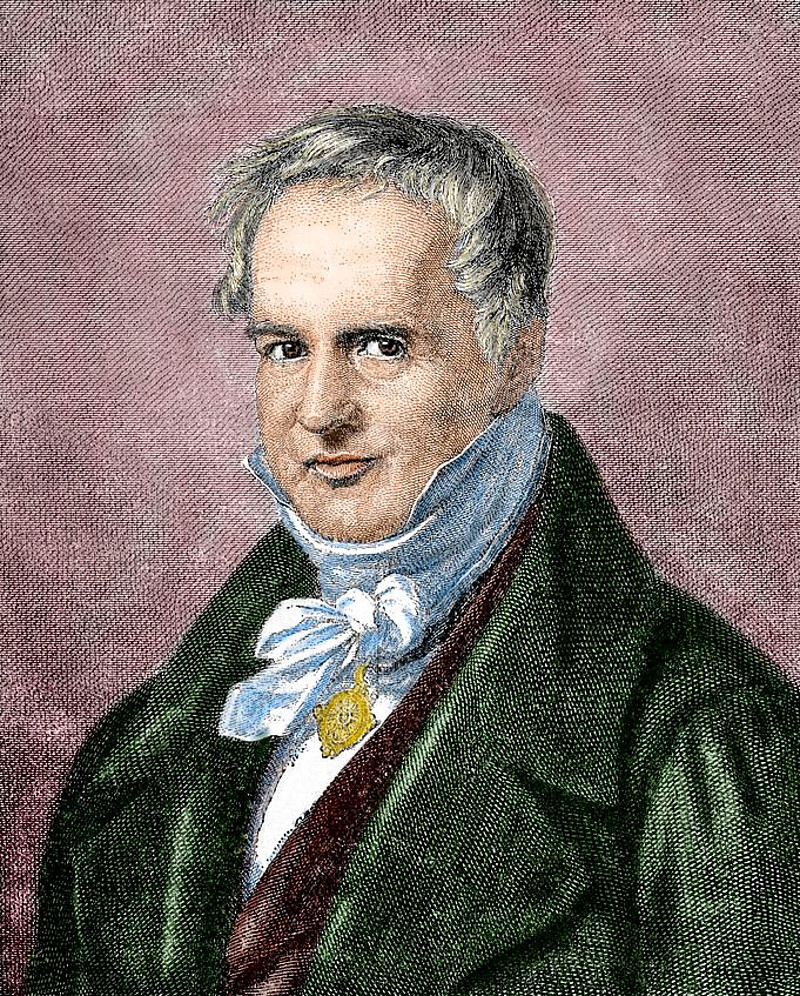
Alexander von Humboldt, shown here in an 1883 engraving, changed our world forever.
ALEXANDER VON HUMBOLDT
Traveler with a new vision of the world
German naturalist and explorer, universal genius and cosmopolitan, scholar mentor and patron of the science: Alexander von Humboldt was all these. In 1799 he embarked on a journey that would elevate humanity’s knowledge of the natural world to a whole new level.
Humboldt became most celebrated for his great voyage to South America (1799 – 1804), which was later celebrated as the second, the scientific, discovery of South America. The meticulously documented findings he brought back from his travels fundamentally changed the relationship between humankind and nature. Humboldt’s analytical approach shaped the field of science to come; natural sciences such as geography, climatology, and ecology all claim him as their founder. Although his books “Cosmos” and “Views of Nature” brought him enormous popularity during his lifetime; fame alone proved insufficient and he was beset by financial difficulties in his later years.
FRANCOISE BARRÉ-SINOUSSI
Savior of
millions of lives
The stakes were high: the goal was nothing less than the identification of the Human Immunodeficiency Virus, or HIV. This major achievement was claimed in 1983 by Françoise Barré-Sinoussi, a member of virologist Luc Montagnier’s research group at the Institut Pasteur in Paris. The AIDS virus had been isolated.
Barré-Sinoussi had never planned to become a scientist. Her career began with an internship at the Institut Pasteur and culminated with her identification of the virus, which the French virologist successfully isolated from a tissue sample taken from an AIDS patient. By doing so, she laid the foundations for developing HIV drugs and was rewarded with a share of the 2008 Nobel Prize. But Barré-Sinoussi is well aware that her work is not complete. Almost 40 years after her discovery as many as around 38 million people all over the world are still infected. Her tireless research continues.


